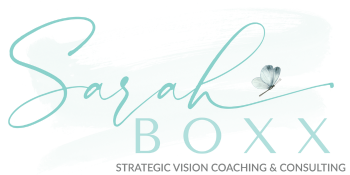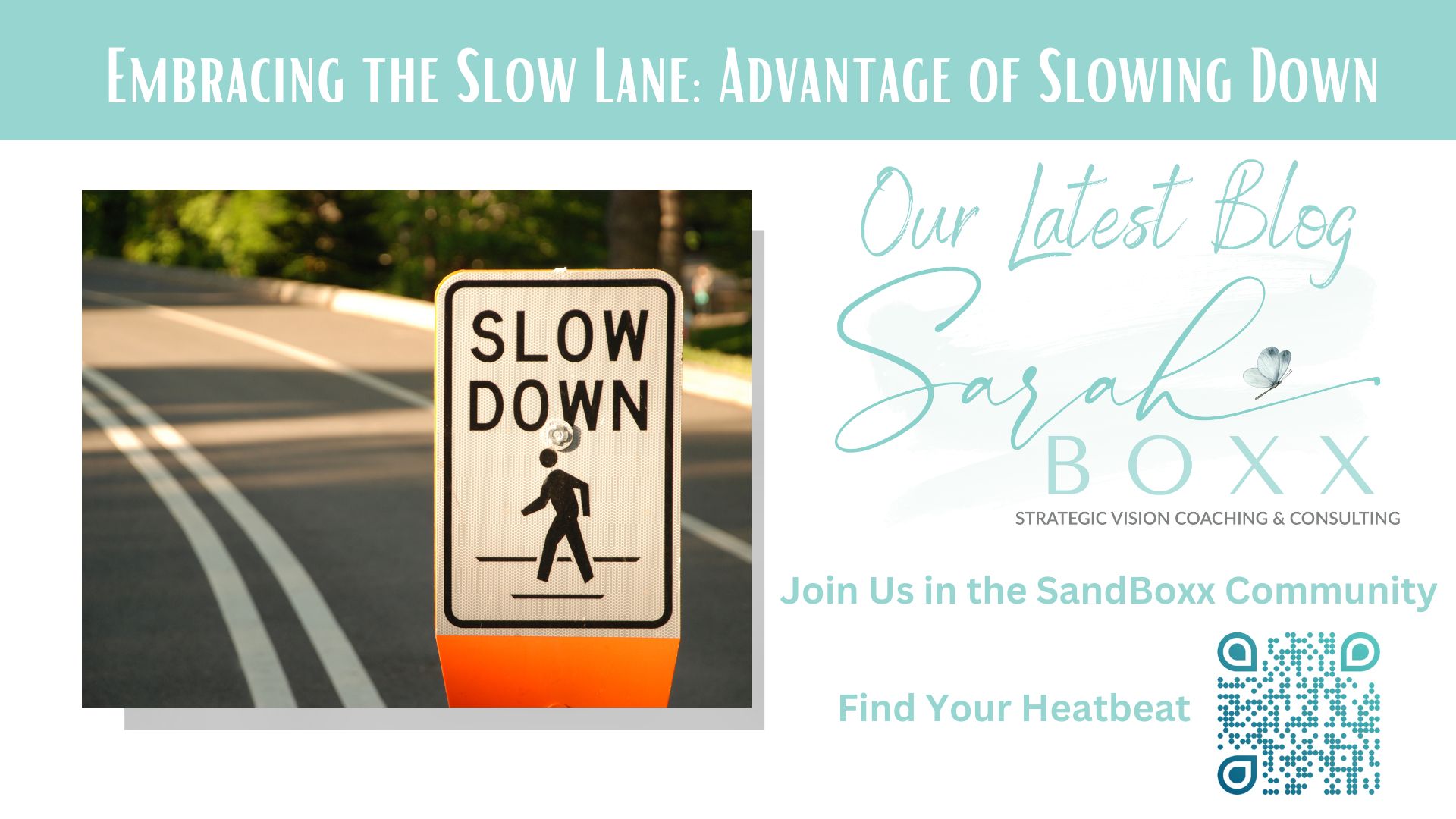What do we mean when we talk about creating a reinforcing environment that can help us improve how we feel, create, produce and perform?
A reinforcing environment “rewards” us. It makes it easier for us to do our work. If we are thoughtful about our environment – which includes our physical space as well as what/who we let into our mental and emotional spaces, we can either help or hinder ourselves. There’s more to our environments than the physical aspects. We must also attend to our emotional, spiritual, and mental environments which also influence us. The end goal is to improve our environments, including our physical, mental, emotional, and spiritual “spaces”.
“If your environment isn’t bringing out the best in you, then it’s time to reposition yourself in a circle of ambitious enlightening minds.”
― Edmond Mbiaka
For now, let’s start by considering the physical environment. This is usually an easy place to begin because we are looking externally, and things seem more obvious. For example, when I walk into my office, it takes but two seconds to see whether I’ve left myself a productive space in which to work, or if I’m going to need to get organized before I can even begin my day. The more organizing I must do prior to starting my day – whether it’s writing, interviewing someone, conducting research – the easier it is to become distracted, off-course and frustrated. Worse, it leaves me less time to focus on creative and productive work, which is what I enjoy the most.
So, how we can create physical environments that fortify our actions and propel us forward? In a 2015 article, Shelly Greenway provided insights into five of the physical environmental factors that affect us individually and our creativity. When people are at ease and feeling relaxed, their creativity “faucet” opens, and then the magic can happen.
Space. So, focusing on our own creativity, we can start by “owning” our space, making it familiar territory that fits in with our personal style and makes us feel secure. Do you require a clutter-free space, yet have papers and files in random areas? Are you someone that needs privacy to think, but have an open cubicle or constant interruptions? Or, are you someone that wants more stimulation, but you are holed up on your own? Think about the physical aspects of your environment that boost both your creativity and productivity related to your goals.
Noise. Ever wonder how people can set up their laptop in a coffee shop and crank out a ton of work, even though there is a lot of random noise and conversation? Evidently, some moderate level of ambient noise really is a benefit to creativity. Nothing too loud or jarring, but just enough that we are not working in total silence. There are apps designed specifically to help with productivity that provide different types of music scientifically tied to improving focus. I use Focus at Will as well as other free options that provide the right blend of music and sound neutralization.
Three Bears Test. Is your space too hot or too cold? Or, just right. The optimal room temperature, which a Cornell University study found that working in room temperatures at a constant 68 degrees helps. Think about it… too hot and stuffy (no fresh air) can make us groggy. Too cold and we can become distracted trying to keep warm, especially if your work requires manual dexterity. (No, before you ask, I don’t have solutions for folks that work out in the elements…)
Illumination. The quality and type of light in our spaces does more than illuminate. Natural light in a room can make you feel calm and creative. It contains blue wavelengths, which have been shown to increase attention, reaction times, and mood. However, exposure to blue light at night is linked to sleep disruption, which is one reason why limiting exposure to electronics before bed is recommended.
Color Makes a Difference. Research on the impact of color on our buying habits and our brain performance is not new. Would you be surprised to learn that red is the best color for enhancing our attention to detail and blue is best for improving our creative thinking ability? But those aren’t the only colors to consider. What about green, purple, orange, and all the other colors in between? Look around and really see the sea of colors you swim in and ask if they are to your benefit. If not, how can the colors in your environment be manipulated to better suit your needs?
Now that we’ve talked a bit about our physical environment, let’s talk briefly about other aspects: our mental environment – or more commonly referred to as our “mental state”.
—Tony Robbins
More important than our physical environment is our mental state because it can be the deciding factor between pressing on, finding a solution, taking action or quitting when things get tough. Key aspects of a positive mental state for me include practicing mindfulness, self-awareness, affirming attitudes and beliefs, and focused action. Note the keyword: practice. The Canadian Mental Health Association, the Mental Health Foundation, and the Centers for Disease Control all report the powerful connections between our mental and physical well-being, with studies and reports supporting those findings.
It is the combination of the two – healthy mind and healthy body – that leads to our personal success and sense of fulfillment. Read What You Feed Your Mind Matters to learn three steps to improving your mental environment.
To help you set the stage to create your positive environment, we’ve developed another FREE worksheet that might be just the tool you need to make progress on your goals. Just click HERE to download your copy.
If this is the first time you heard about the free worksheets we’re sharing this month, and you want to know more, click HERE to sign up for the entire FREE series. Learn how to set SMART goals, what they look like and why doing so matters in the long run. Then, learn how to become clear on your motivating factors and bulk up your Bounce Back Factor muscles.
Remember: when the quality and characteristics of our “spaces” are positive, inviting, engaging and nourishing, we can tap into the best of ourselves.


